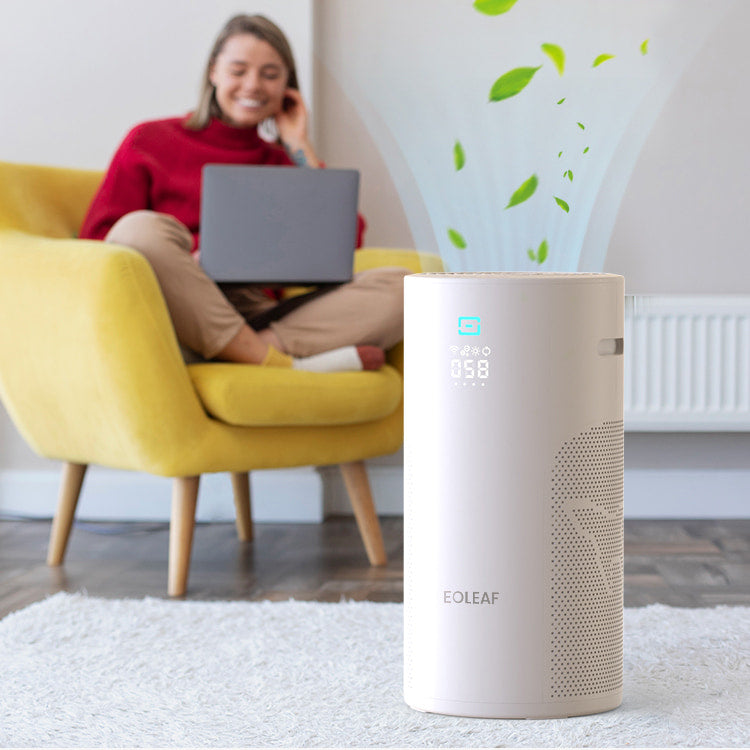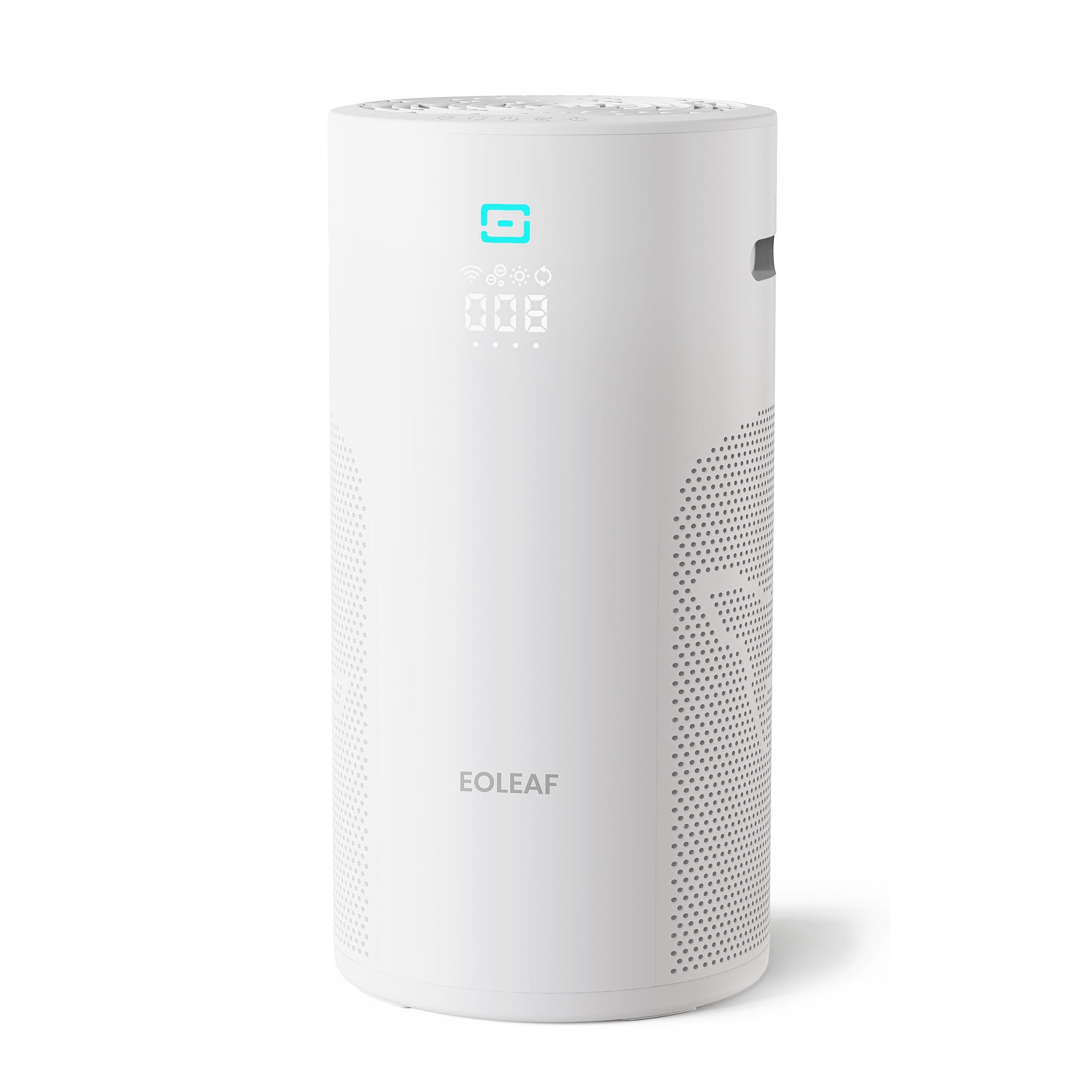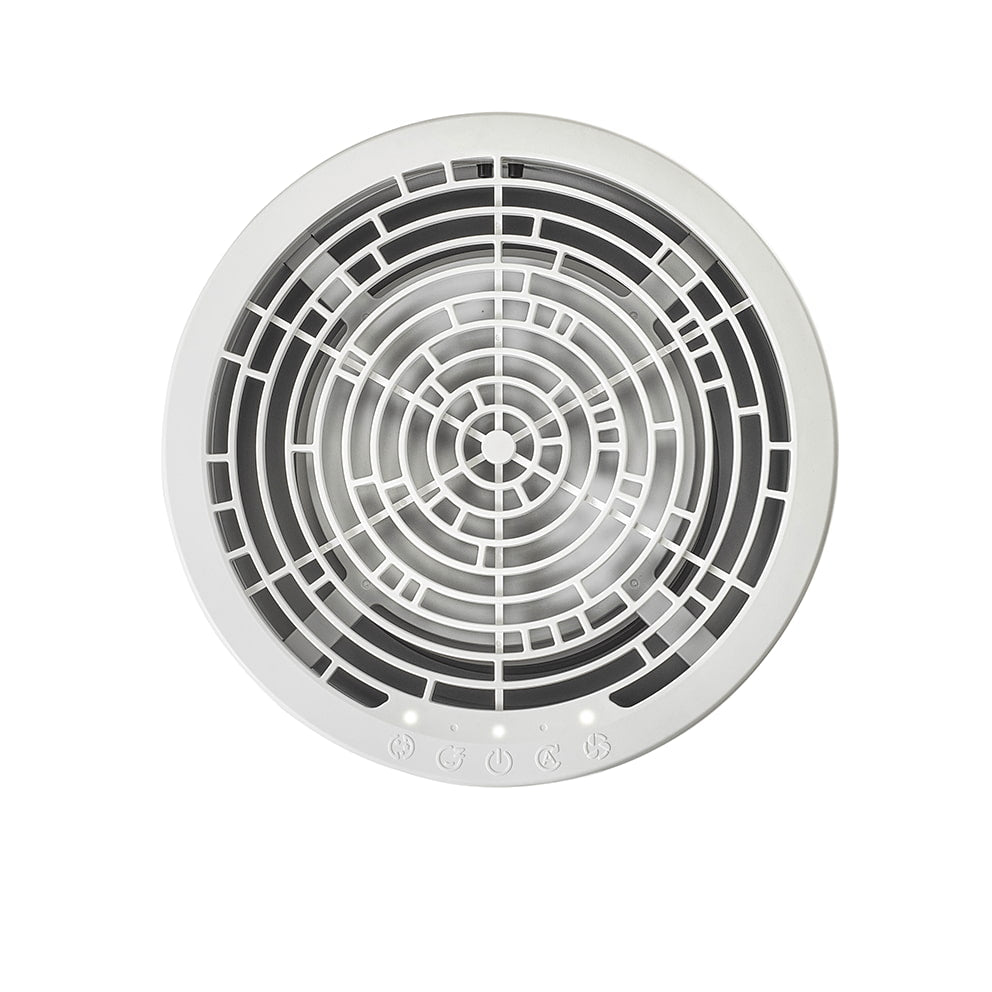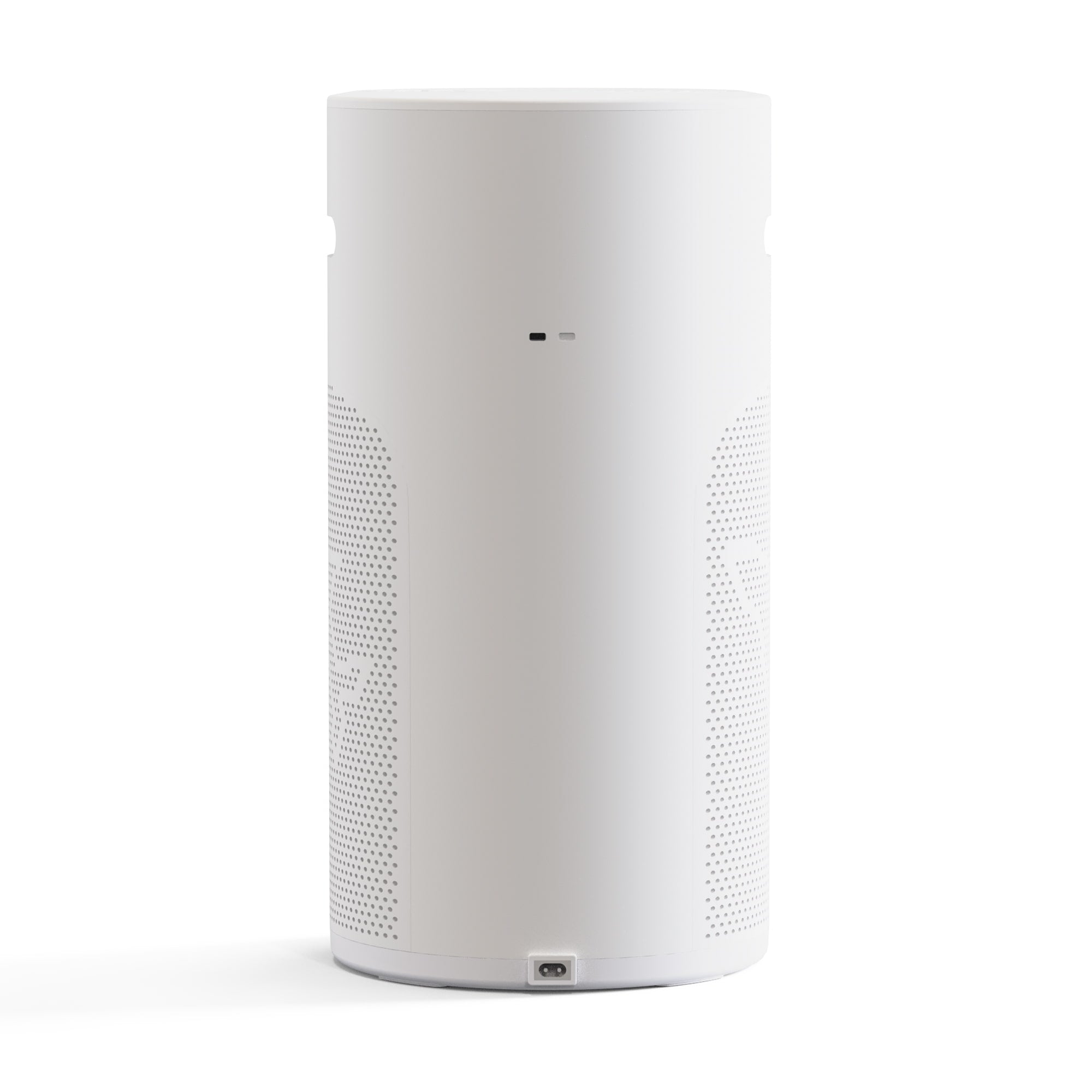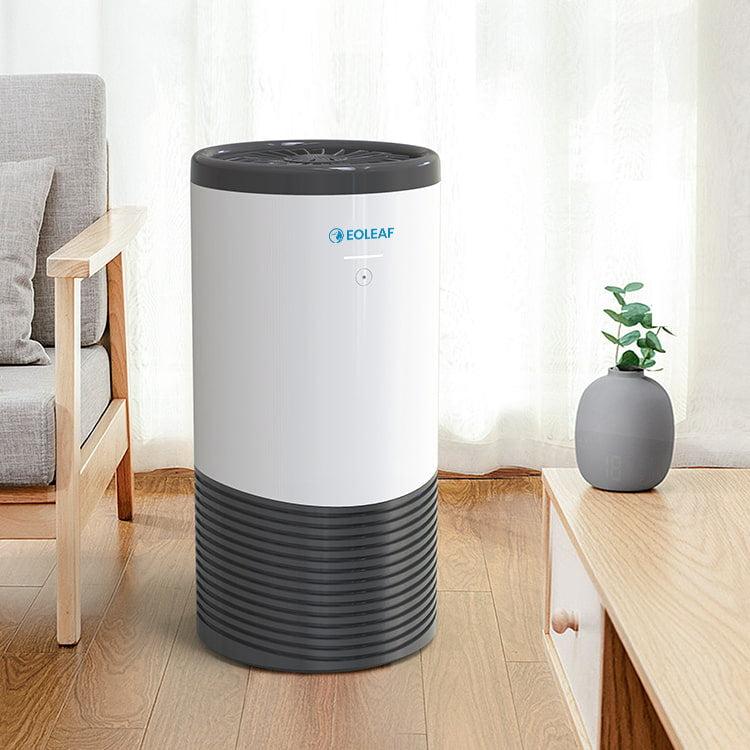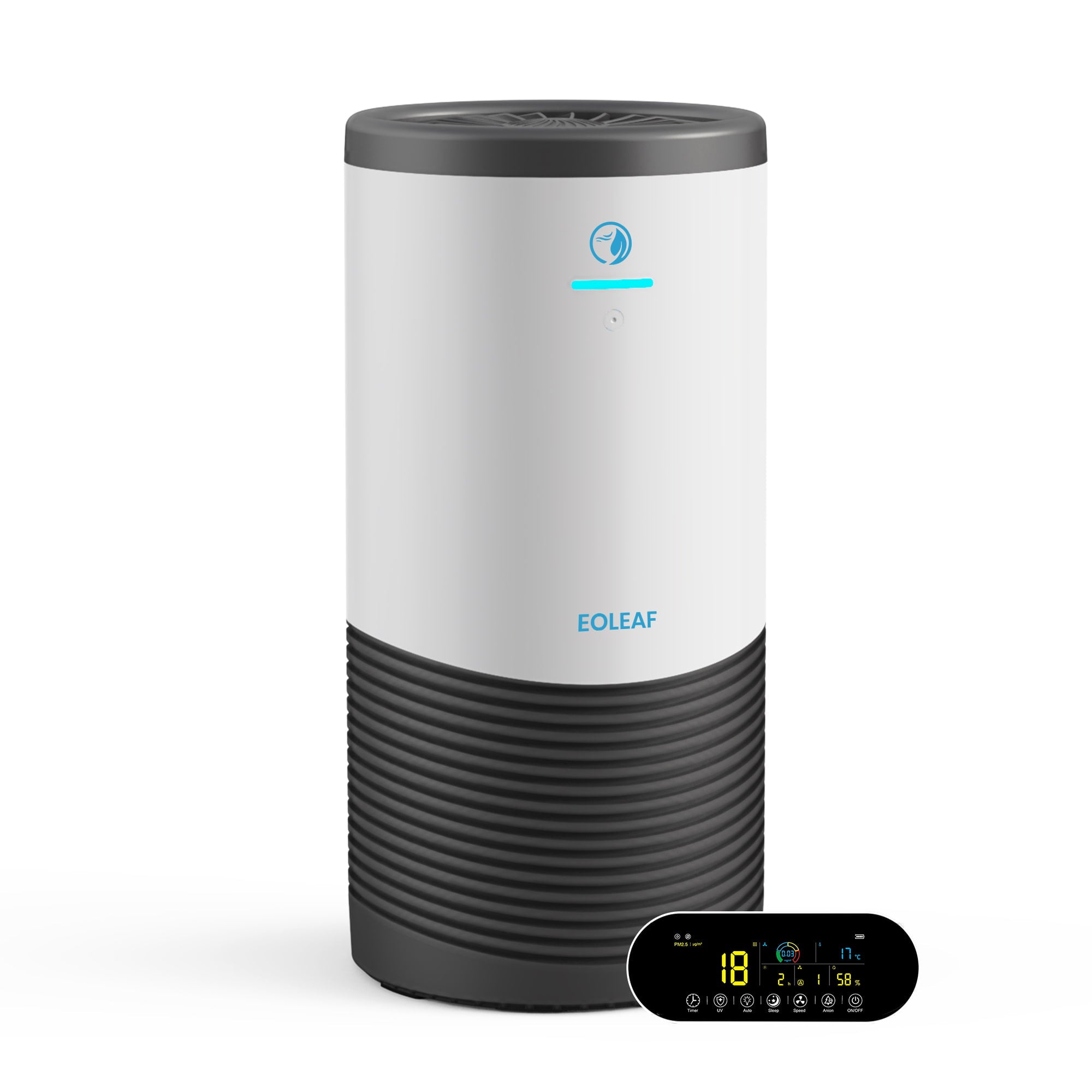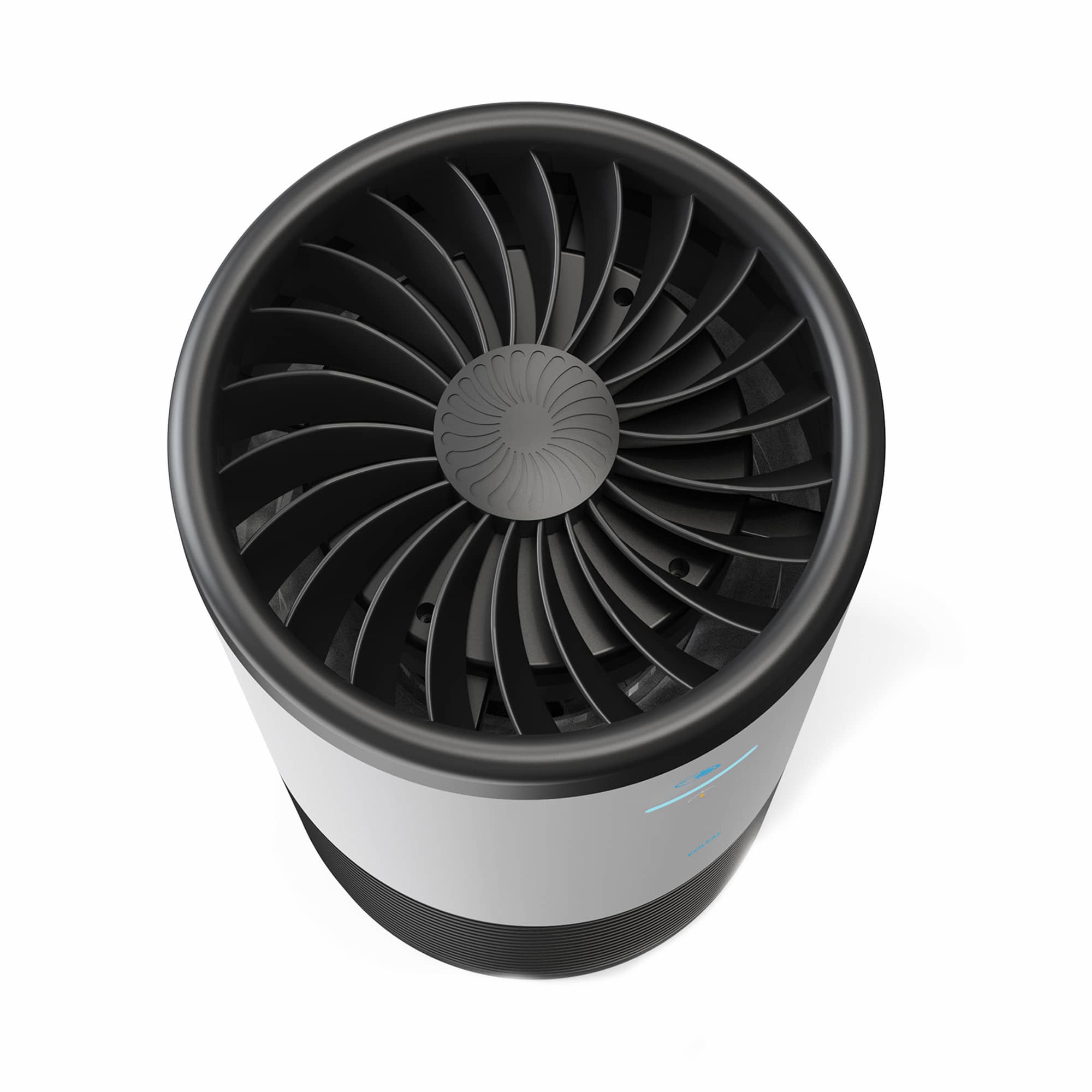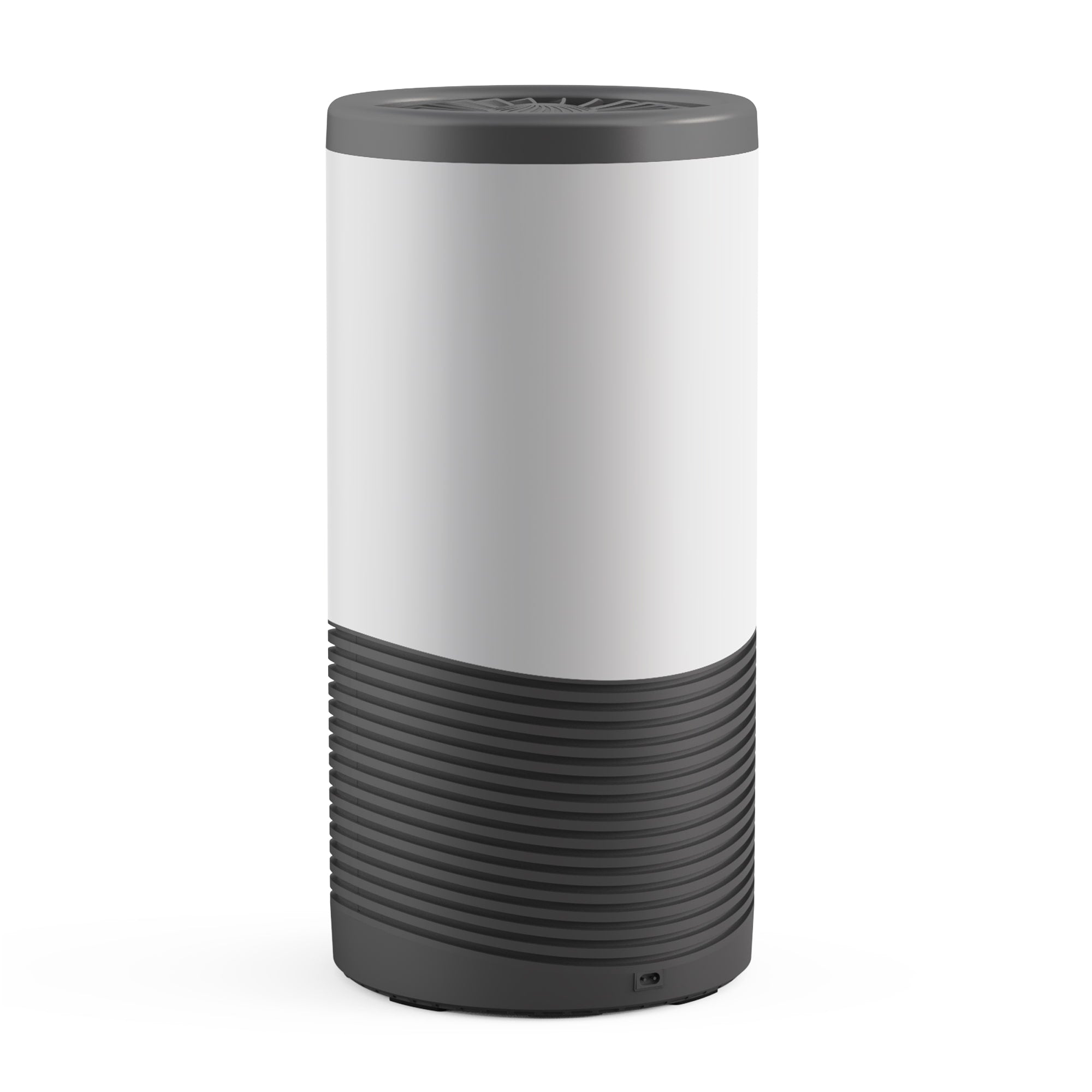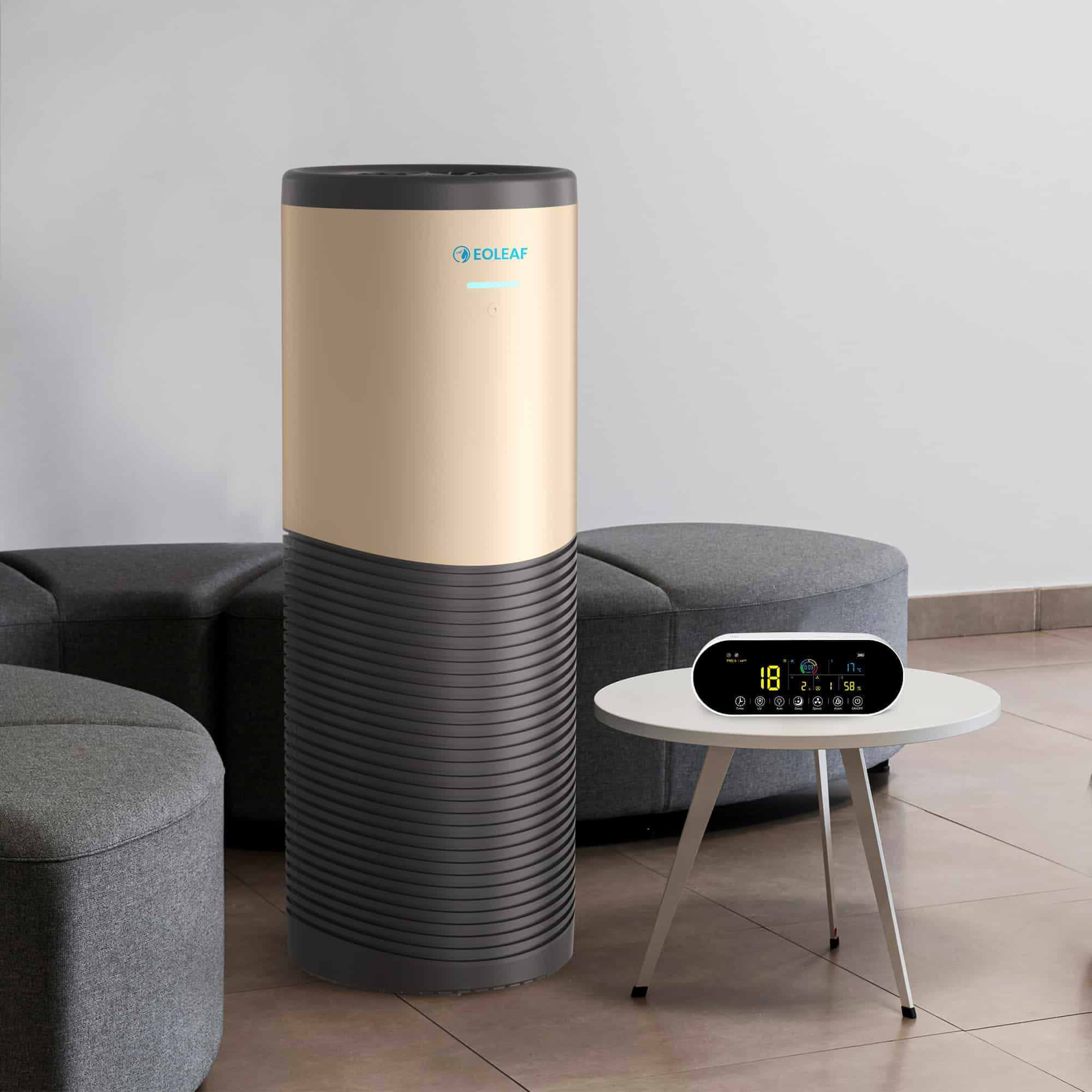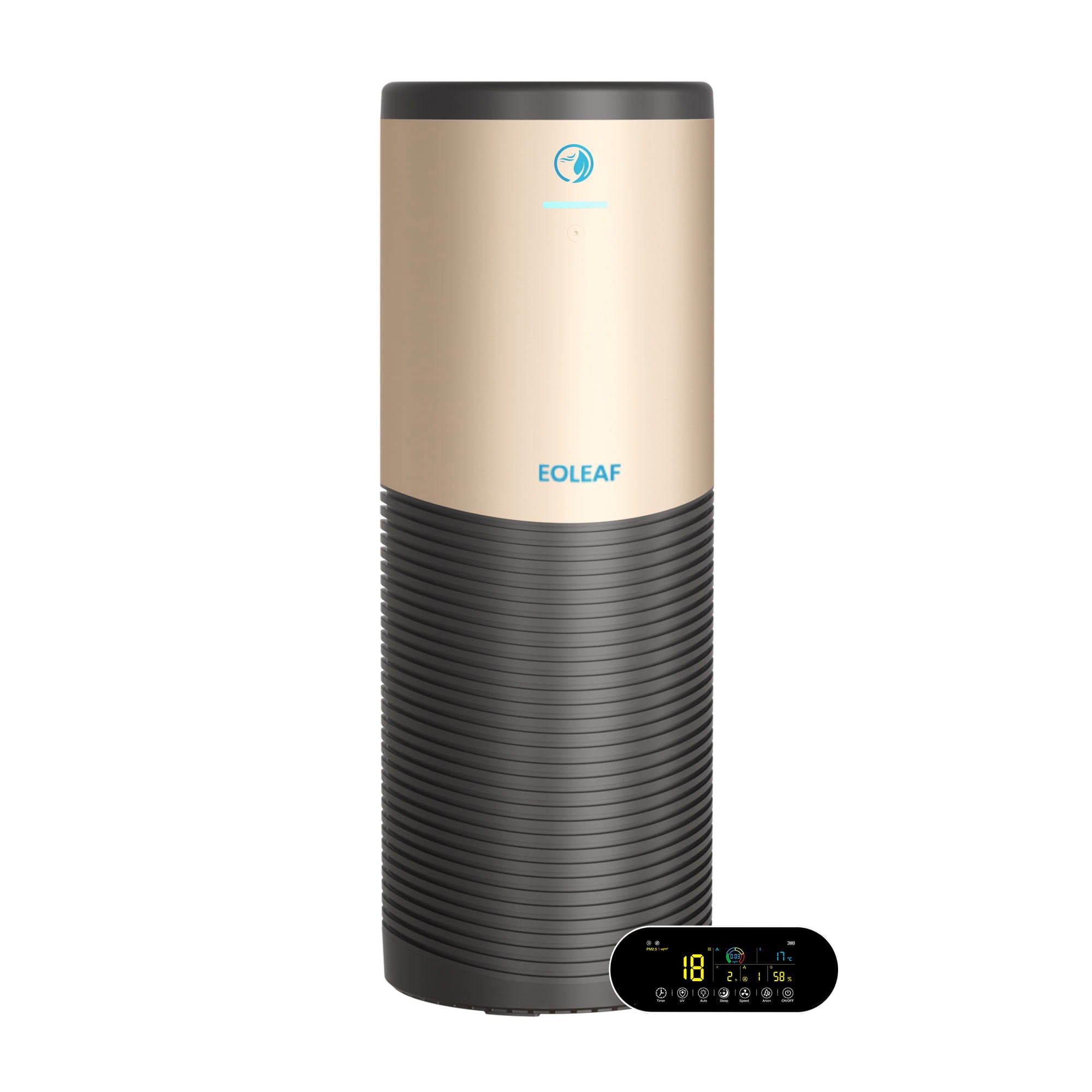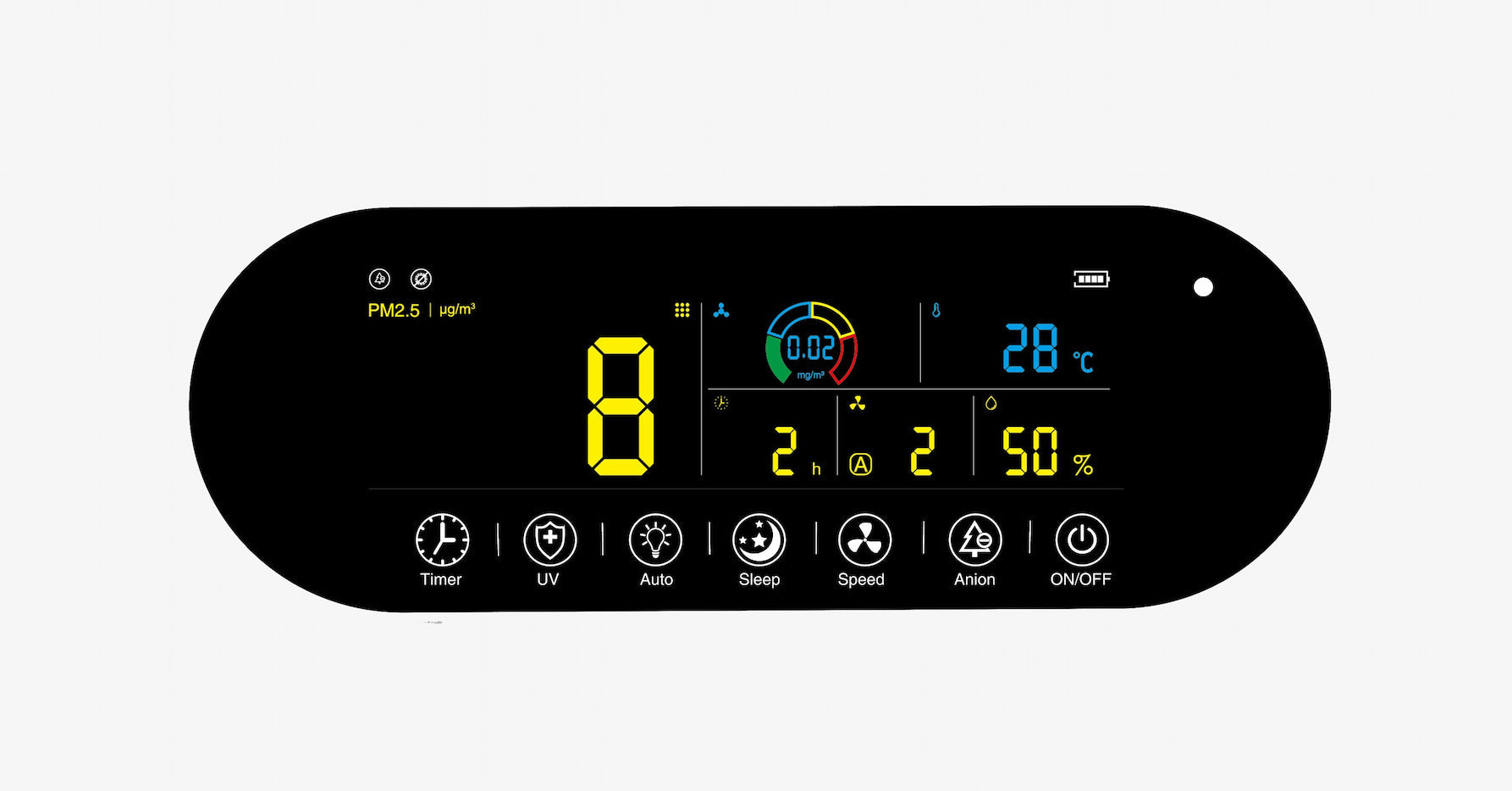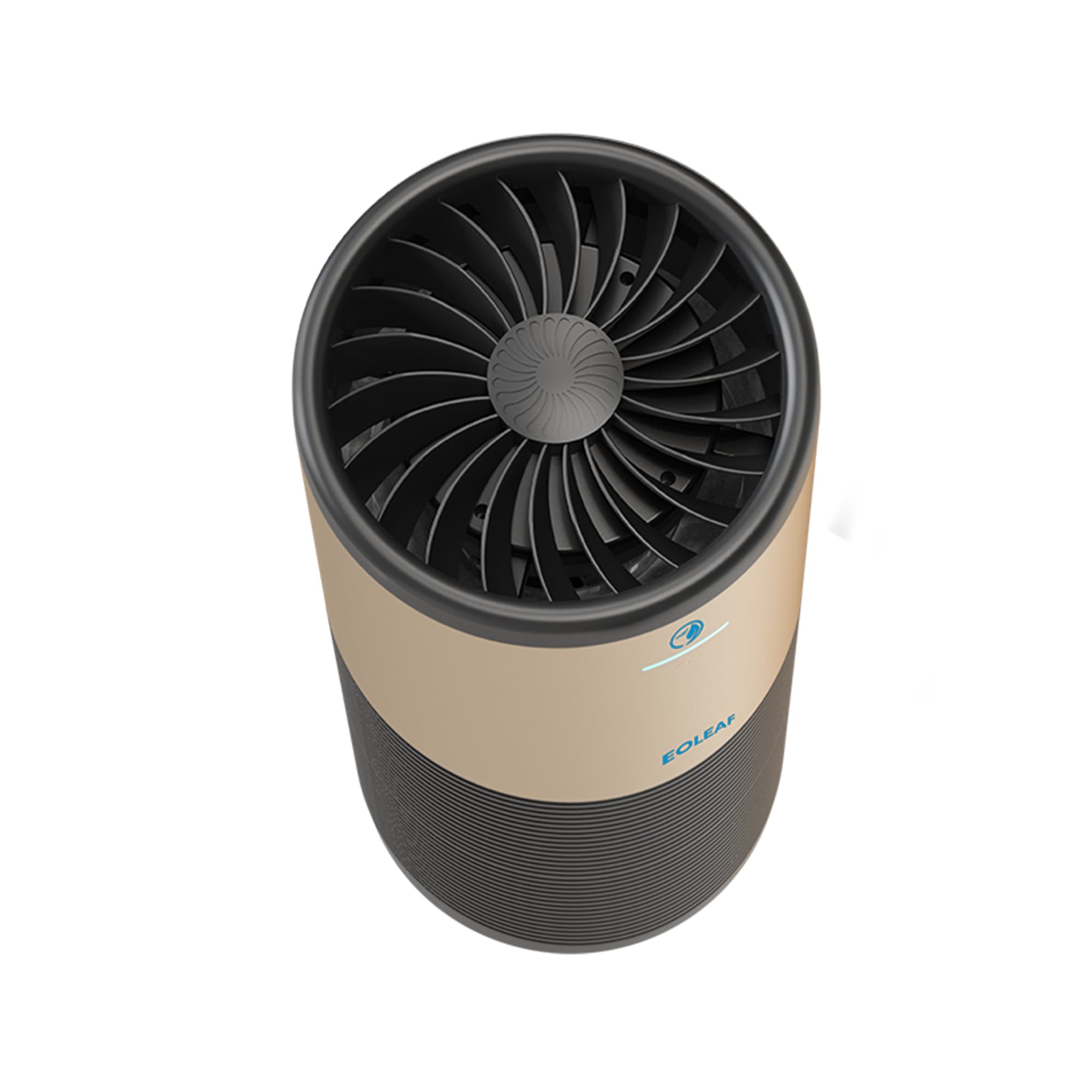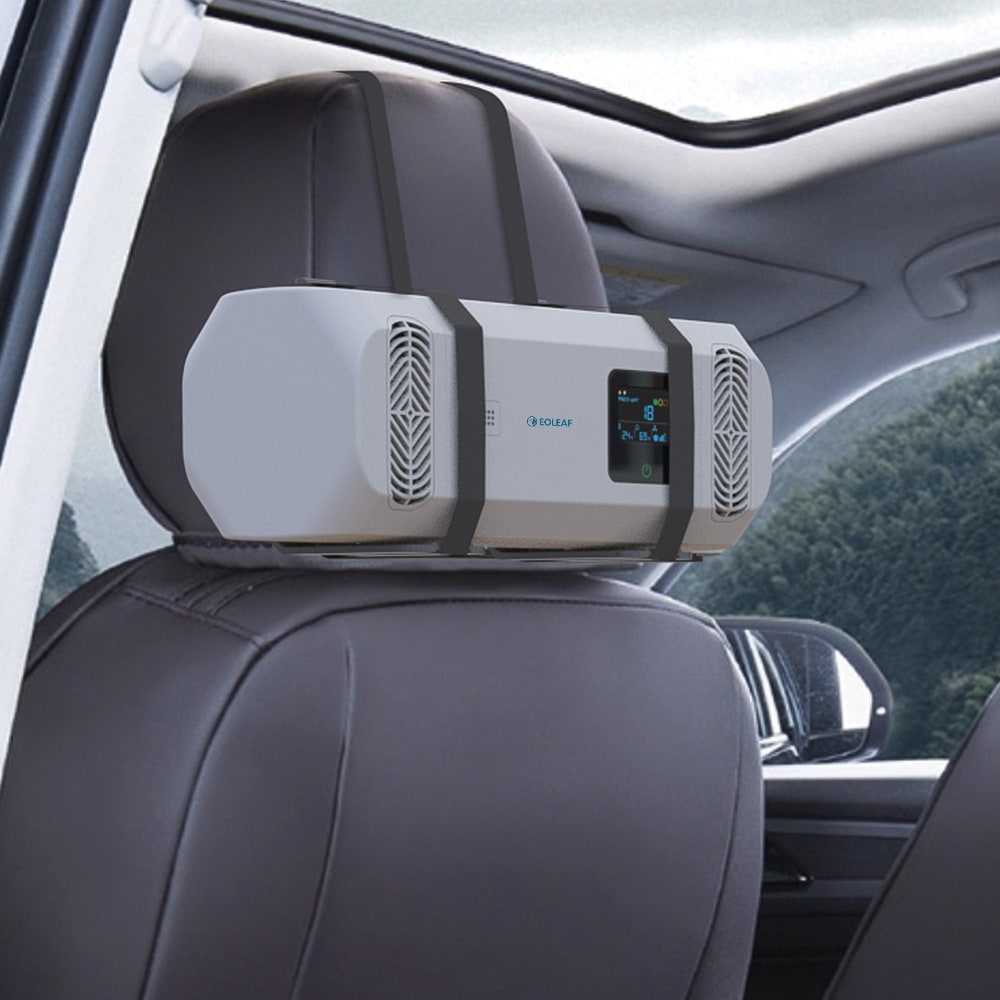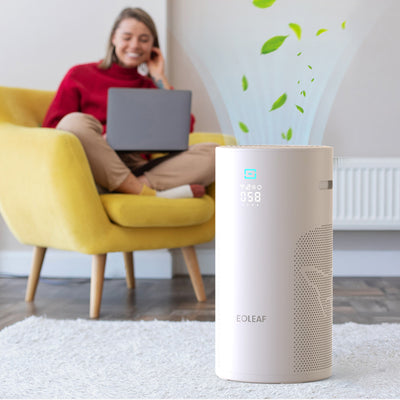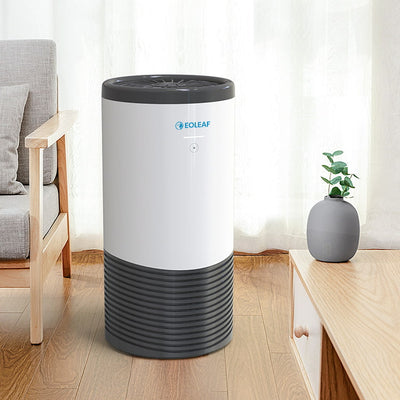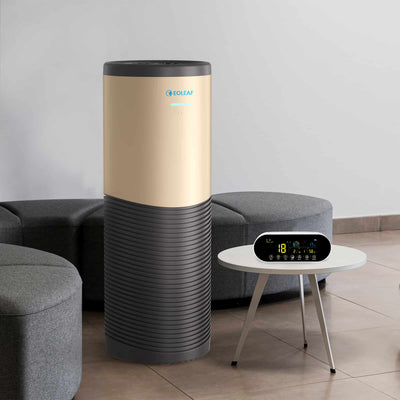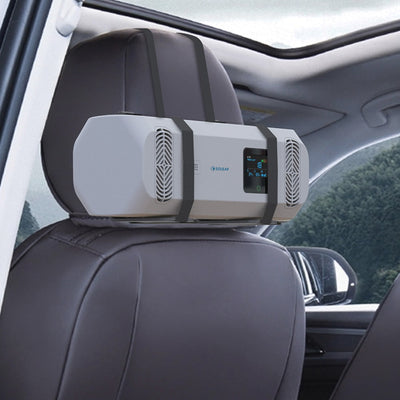Air quality in Manchester: current situation, challenges, and solutions for cleaner air
Manchester was one of the first regions of the United Kingdom to industrialise during the Industrial Revolution and is widely known as the birthplace of the Industrial Revolution throughout the UK. As a result, the Greater Manchester area has suffered the consequences of industrial activity with poor air quality since the second half of the 18th century. This has created health challenges for residents who are exposed to harmful air pollution. What is the history of air pollution in Manchester? How is air quality monitored? How can locals protect themselves from the dangers of air pollution? Read on to learn more.

Understanding air quality in Manchester: a public health concern
The history of air pollution in Manchester
As the Industrial Revolution took hold in 19th century Manchester, coal was quickly established as the main energy source for both industrial and residential use. At the time, for wealthy, Victorian industrialists, coal smoke was associated with successful industry and economic and technological progress, and textile manufacturing was particularly booming in Manchester during the Industrial Revolution. This was also a positive sign for locals looking for work: billowing chimneys meant jobs and lots of them. Manchester boasted over 500 smoking chimneys during the mid-1840s1!
Manchester became synonymous with dark, hazy skies that caused ‘stinging eyes and perpetual gloom’. Smoke and dirt filled the lungs of locals and visitors alike, and industrial odours caused by the pollution impacted daily well-being of anyone who stepped foot in the city. The severe air pollution left a trace on surfaces: buildings, homes, clothes, and more. Respiratory and lung disease and high mortality rates ran rampant, and the air quality problem in Manchester became commonly referred to as the ‘smoke nuisance’1.

Source 1: a depiction of Manchester in 1870
The desire to increase production and profits led to engineering even bigger engines, creating an even bigger pollution problem. At the end of the 19th century, Manchester’s mere 500 chimneys had exploded to almost 2000 industrial chimneys clogging the Manchester skyline. Activists began demanding technical solutions to the 'smoke nuisance', forming the Manchester Association for the Prevention of Smoke by the mid 19th century. Demonstrating that the presence of smoke was caused by incomplete combustion, and, thus, wasted energy and profits, manufacturers were pushed to find more efficient means of powering their factories.
However, with gas prices still being too high, for many cotton mills and textile factories (the biggest polluters at the time), it made more economical sense to continue to use coal well into the 20th century. Campaigners continued to fight for clean air and lower gas prices, whilst industrialists became content in the idea that a constant state of smokey air was a fair price to pay for economic success.
Finally, the Clean Air Act of 1956 was passed, establishing smokeless zones and issuing fines to those who still had dark smoke emitting from their chimneys. After over 100 years of breathing polluted air, residents finally experienced some respite.

Source 1: a photo in downtown Manchester, 1963, showing the effects on buildings as a result of 100 years of smoke
What is the current state of air pollution in Manchester?
In present day Manchester, most of the once-booming textile industry has moved out of the UK altogether into other developing parts of the world, but Greater Manchester still remains one of the most important industrial areas in the UK. However, Manchester still suffers from poor air quality, mostly caused by road traffic emissions. As observed throughout other urban areas in the UK, sulphur dioxide (SO2) levels have decreased as a result, but nitrogen oxide (NOx) levels have increased. The effects of urban sprawl have also led to the spread and expansion of polluted zones. What was once a more severe problem in winter has now become a year-round problem: air pollution concentrations have levelled out to remain steady throughout the year with new peaks in the spring and summer seasons, especially for NOx and ozone2.
Unfortunately, Manchester remains one of the most polluted cities in the UK and consistently exceeds limits for fine particles set by the WHO. It is one of the biggest offenders of poor air quality in the UK alongside London and Swansea3.
How does air pollution affect public health in Manchester?
Air pollution has countless adverse impacts on health including:
- Short-term: eye, nose, and throat irritation
- Long-term: causes and aggravates multiple types of cancer and respiratory diseases, poor mental health, stroke, high blood pressure, increases the risk of cardiovascular disease and developing bacterial pneumonia, and has been linked to dementia and reduced cognitive function and impacts on fertility
In Manchester alone:
- Air pollution causes ⅓ of all deaths from stroke, lung cancer, and heart disease in the Greater Manchester area
- Children in Greater Manchester could live 6 months longer if their exposure to air pollution was reduced
- Greater Manchester’s air pollution contributes to 1,200 early deaths per year, many of which are related to lung and other cancersda
- The effects of air pollution in Greater Manchester cost over £5.3 billion in social care costs4
The most vulnerable groups include children, pregnant women, the elderly, and those who are immunocompromised or immunosuppressed (with existing health conditions). However, adults in good health are also vulnerable to the dangers of air pollution.

Source 4
Key factors contributing to Manchester’s air pollution
Road traffic and vehicle emissions
Road traffic is the biggest contributor to air pollution in the Greater Manchester region. The following air pollutants and the percentage by which they are emitted as a result of road transport in Greater Manchester can be found below:
- 80% of nitrogen dioxide (NO2) emissions are caused by road transport
- 93% of nitrogen oxide (NOx) emissions are caused by road transport (diesel vehicles)
- 75% of PM10 emissions are caused by road transport (diesel vehicles)
Similarly, it was observed that when a 50 mph speed limit was implemented on a section of the M60 in 2014 during motorway works, a 20 mg reduction in air pollutants took place over the next four years5.
The impact of both petrol and diesel vehicle emissions combined with congestion in key areas (city centre, busy roads) creates heavily-polluted environments that have adverse effects on human health and the urban environment.
Industrial and commercial emissions
The role of manufacturing and construction industries in Manchester contributes significantly to air pollution in the Greater Manchester area. It is estimated that 27% of air pollution in the area is caused by industrial polluting practices. Businesses that pollute are required to register under certain permitting that are regulated by the Environment Agency, especially power stations and chemical works6.
Air pollution from domestic burning
Another major contributor to a poor Air Quality Index (AQI) in Manchester is the use of domestic wood-burning stoves and gas appliances. Stoves and fire smoke emit PM2.5 which is the type of particulate matter that has been established as the most dangerous for human health. Wood and coal used for domestic heating and cooking is responsible for 25% of all PM2.5 emissions throughout the UK as a whole7.

Monitoring and measuring air quality in Manchester
How is air quality measured in Manchester?
A Clean Air Plan (ACP) has dictated that the ten Greater Manchester authorities must bring air pollution levels down to legal limits by 2026 at the latest. As a result, the Greater Manchester area has been measuring air quality since 2018, producing an annual air quality report summarising findings from local monitoring and discussing strategies for further improvements. All of the reports since 2018 can be found on the Clean Air Greater Manchester website.
Automatic monitoring stations that collect hourly data have been installed at the following locations in Manchester:
- Piccadilly Gardens
- Manchester Sharston
- Oxford Road
- Bridge Street6
Nitrogen dioxide (NO2) samples are provide data that is collected at monthly intervals using passive diffusion tubes.
How to check real-time air quality levels in Manchester?
Real-time data from the above-mentioned monitoring stations can be accessed using the Clean Air Greater Manchester, Air Quality England, and UK-AIR websites. These websites also offer real-time air quality, allowing you to stay up-to-date on the Air Quality Index (AQI) near you.
Government and local initiatives to improve the Air Quality Index (AQI)
The Manchester Clean Air Zone (CAZ) – what you need to know
As of 23 January 2025, the city of Manchester has removed Manchester Clean Air Zones (CAZ) and any charges incurred for those who do not respect it. This is due to the fact that ‘the original Clean Air Plan was no longer the right solution - posing significant financial threats for local people, businesses and jobs’.
Greater Manchester has now been placed under a new government direction that aims to tackle nitrogen dioxide (NO2) levels by 2026 at the latest. The new direction involves a £5m investment-led Clean Air Plan that will monitor local roads in Manchester and Salford City7.
Public transport and sustainable mobility solutions
Clean Air Zones, although no longer being implemented, encouraged people to drive less and use greener forms of transportation throughout Manchester and the rest of the UK. Emphasis has been put on public transport, walking, and cycling. Public transport is widely available in Manchester through the Bee Network and discounted rates are offered to young people, the elderly, and disabled individuals. Manchester is also home to the most comprehensive walking and biking network in Britain, covering over 1,800 miles (2900 km)! The Manchester City Council officially recognised the climate crisis in 2019, the first to do so throughout the UK, and decided to take a leadership role in reducing carbon emissions1.
Green spaces and urban planning for cleaner air
Greater Manchester has made an effort to increase planting and green spaces throughout the city as a whole. Multiple small, green spaces have been implemented throughout the city including small gardens, green roundabouts, and roadside verges. A mixture of male and female plants have been planted throughout Manchester in an effort to expand greenery whilst avoiding further reducing Air Quality Index (AQI) with plants that will emit excessive amounts of pollen. A sense of community ownership for these green spaces has been attempted throughout the city in order to ensure that these spaces are maintained and used8.

Practical solutions to reduce exposure to air pollution
How can individuals protect themselves from poor air quality?
Fighting against air pollution in Manchester may often feel like a losing battle. Breathing clean air should be a human right. Greater Manchester has published a short list of things that individuals can do to protect their health when the Air Quality Index (AQI) is poor:
- Work out at the right times: in general, avoid exercising outdoors at peak pollution times, and on days of high pollution, avoid strenuous exercise outdoors completely
- Walk or cycle more: it’s free, healthy, and reduces air pollution
- Engine off when you stop: never leave your car idling when stopped
- Work and travel smartly: avoid rush hour travel by changing your commuting time or working from home if possible
- Choose quieter streets: avoid motorways and busy roads with slow-moving traffic when cycling or walking to avoid exposure to high levels of air pollution
- Move away from traffic: keep your distance when walking by standing back on the pavement or walking on the opposite of the road if cars are climbing uphill
- Ditch the school run: walk or cycle with your kids to school
Choosing the right air purifier for your home and workplace
One of the best ways to protect yourself from the dangers of air pollution outside is to keep your indoor spaces clear of those air pollutants. Indoor spaces are 2 to 5 times more polluted than outdoor spaces and contain all of the pollutants found outdoors in addition to the pollutants emitted indoors.
All of the pollutants found outdoors (fine particle pollution, chemical pollution, and biological pollution) enter indoor spaces through windows and doors, especially if you attempt to ventilate your space and reduce your exposure to poor indoor air quality by opening your windows. Additionally, we create and emit air pollution in our indoor spaces by using candles, perfumes, cleaning products, DIY products, cooking, and more. Dust, pet hair and dander, and mould and spores are allergens that accumulate indoors and may lead to negative impacts on health, especially for those suffering from allergies, asthma, and/or other respiratory diseases.
We spend 90% of our time indoors, so investing in improved indoor air quality is one of the easiest ways to protect your health. Eoleaf air purifiers offer some of the most comprehensive air filtration technologies on the market. Our devices are the only air purifiers that are guaranteed to remove all types of air pollution: they remove 99.97% of all air pollutants down to a size of 0.01 microns in a single pass. They are equipped with our 8-step air purification technology, offering the following air filtration technologies:
- Pre-filter
- Bamboo filter with silver ion coating
- Medical-grade HEPA H13-certified filter
- Activated carbon filter
- Photocatalysis technologies
- Ionisation technologies
- UVC-sterilisation technologies (an essential technology for germ removal and sterilisation of the filter to avoid recontamination!)
Reach out to our team of air pollution specialists to find the right Eoleaf device for your needs.

Resources
1 Manchester’s smoke nuisance: Air pollution in the Industrial City. Science and Industry Museum. (2021, February 12). https://www.scienceandindustrymuseum.org.uk/objects-and-stories/air-pollution
2 Transactions on Ecology and the Environment vol 3, © 1994 WIT Press, www.witpress.com, ISSN 1743-3541
3 BBC. (2018a, May 4). UK’s most polluted towns and cities revealed. BBC News. https://www.bbc.com/news/health-43964341
4 Air pollution and you. Clean Air Greater Manchester. (n.d.). https://cleanairgm.com/air-pollution/
5 Stefek, L. (2019, March 21). Dirty air: Is transport choking greater manchester?. Healthy Active Cities. https://blogs.salford.ac.uk/healthyactivecities/dirty-air-is-transport-choking-greater-manchester-seminar-report/
6 Manchester City Council. (2020). Environmental Problems Air Quality. Monitoring air quality. https://www.manchester.gov.uk/info/200075/pollution/7697/air_quality/2
7 Greater Manchester clean air plan. Clean Air Greater Manchester. (n.d.-b). https://cleanairgm.com/clean-air-plan/
8 Cruickshank, S. (2022, February 3). Improving air quality in urban areas. PolicyManchester Articles. https://blog.policy.manchester.ac.uk/posts/2022/02/improving-air-quality-in-urban-areas/
9 Be the change. Clean Air Greater Manchester. (n.d.-b). https://cleanairgm.com/be-the-change
Eoleaf's range of air purifiers
NeoPur 400 air purifier
40 m² (450 sq ft) coverage area - Smart & Connected
TeraPur 600 air purifier
80 m² (850 sq ft) coverage area - Ultimate all-in-one
AltaPur 700 air purifier
120 m² (1300 sq ft) coverage area - Professional model
PurCar air purifier
HEPA H13 Filter & Ioniser - For all vehicles

